3 SEPTEMBER, 2015: Retail sales figures for July 2015 by the Australian Bureau of Statistics (ABS) have shown another month of healthy year on year growth, according the Australian Retailers Association (ARA), increasing by 4.2 percent in July 2015, and following on from growth of 4.9 percent in June.
The increase boosted Australian retail sales turnover for July to $24.3 billion. Month on month, July 2015 retail sales fell 0.1 per cent compared to June 2015.
Russell Zimmerman, ARA Executive Director, said the month on month decline of 0.1 percent fails to tell the whole story, with this figure reflective of annual mid-year sales activity which has typically all but wrapped up by July.
“Year on year figures provide the most accurate measure of the sector’s performance and are the most used figures by retail businesses in their own reporting,” Mr Zimmerman said.
“Annual retail sales growth has continued its solid upwards trajectory, a fantastic result for the Australian economy, which has been plagued by suggestions in the media of a possible downturn.
“These retail figures indicate that despite what may be occurring elsewhere in the economy, the Australian retail industry is robust and in a favourable position. We expect retail, as the largest employment sector in Australia to continue to support the economy with positive growth,” said Mr Zimmerman.
The largest growth was seen in clothing and footwear and household goods, with increases of 8.8 percent and 8.5 percent respectively.
“Household goods and clothing and footwear benefitted from a drop in temperatures in July, with shoppers rushing to stores to stock up on items such as heaters, electric blankets, and other small appliances. Many retailers found themselves in the position of having run out of stock of electric blankets in July.
“Clothing and footwear saw even larger rises, a direct consequence of Australians hitting the shops to purchase winter fashion and accessories,” he said.
YEAR ON YEAR RETAIL GROWTH (July 2014 to July 2015 seasonally adjusted)
By category: Food, 2.8 percent; household goods, 8.5 percent; clothing, footwear and personal accessories, 8.8 percent; department stores, 1.5 percent; other retailing, 2.5 percent; and café restaurants, and takeaway foods, 4 percent.
By state: NSW, 5.3 percent; Victoria, 4.6 percent; Queensland, 3.2 percent; South Australia, 4.4; Western Australia; 2.9 percent; Tasmania, 2.3 percent; Northern Territory, 2.2 percent; and Australian Capital Territory, 4.9 percent.
-ENDS-
About the Australian Retailers Association:
Founded in 1903, the Australian Retailers Association (ARA) is the retail industry’s peak representative body representing Australia’s $284 billion sector, which employs more than 1.2 million people. The ARA works to ensure retail success by informing, protecting, advocating, educating and saving money for its 5,000 independent and national retail members throughout Australia. For more information, visit www.retail.org.au or call 1300 368 041.
For interview opportunities with ARA Executive Director, Russell Zimmerman, call the ARA Media team on 0439 612 556 or email media@retail.org.au.




















